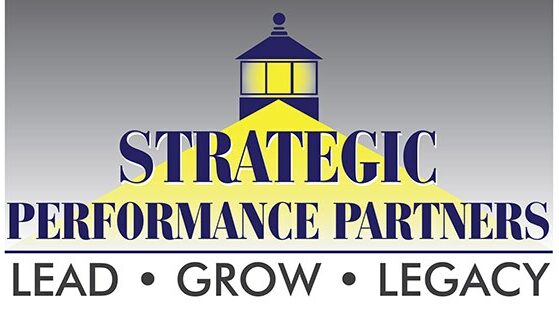Are you building a successful leadership brand? How do you take what you’ve learned about influence in your career and use it as a platform for future growth and promotion? I’ve found most successful leaders take their individual influence and begin moving to impact.
At the impact stage you will begin managing and working with other people. Today, I share how you can keep growing and advancing throughout your career. I will share what you should work on as you move further up the organization.
How do you take influence and turn it into impact in your professional career? For many people, their later career is impacted by their inability to have impact on their organizations. As you move through your career, it is critical for you to begin having impact on the organizations you lead.
This doesn’t mean that you will be responsible for all the things that happen in your organization, but you will begin having an impact on different parts of the organization you work in.
Successful leaders begin to develop skills that take you from a sole contributor role to one that leads successful teams. Your professional success is measured in how well you manage different people and resources inside and, sadly, outside your organization. Are you able to motivate others? What are you like to work with on a team? Do you deliver what you promise on time and under budget?
These qualities lead your fellow leaders and peers to decide if you have the right stuff to move up into senior leadership. Individual contribution is still important to career success, but people begin to decide if you’re positively impacting the organization.
Many middle managers struggle with the balance of helping develop their replacement while remaining on the leading edge of where the organization and industry is going. What should your leadership brand be at this stage of your career? As importantly, what does your organization represent both inside and outside your markets and industries?
Finally, you’ve navigated through this career maze and seen your career continue to go well. What skills and strategies will it take to put you in the top tier of your organization? Are you willing to go the extra mile to move to the senior position in your specialty or profession? Are you able to deliver results for your organization?
Have you developed the skills required to lead your team? What do people in other parts of your organization say about your success? Have you created a wider net of senior leaders both inside and outside your organization? Is your industry growing or dying? Are there different skills required to lead your team and organization?
Do you know how to share the results you’ve delivered in your senior leadership role? It’s critical to be able to transfer and translate your results across new markets and opportunities. This capability is what helps you stand out among other senior leaders.
What role does your industry play in your success? Are you able to show people that your leadership skills are translatable to new markets and opportunities? How strong are your executive leadership capabilities? When was the last time you were written up in a professional journal or blog?
Have you developed the intangible skills required to lead in new markets and opportunities? Who knows that you have these skills? Are your results measurable? How far does your personal and professional brand reach?
What do people need to know about you when hiring you into another senior leadership role? Have you created a valuable network of contacts to help support your statements about the results you’ve delivered? How strong is your reputation outside your industry or company? Do you believe that your skills are transferable to other high growth markets?
Now we’ve talked about what drives your leadership brand, next week we talk about how you apply what you’ve learned to create an extraordinary leadership brand. See you next week.

